When do babies clap? And wave?
Clapping & Waving
A young child is playing with their babysitter on a rug. The babysitter pushes a toy car down a ramp. “Yay!“ she says, clapping. The child pushes a car down the ramp. “Yay!” says the babysitter again, clapping her hands. The child smiles and claps too.
You are in a grocery store and see a parent with his baby in the seat of a shopping cart. The baby stares at you in that classic babies-have-no-social etiquette way. You smile cheerfully, wave, and say “Hi!” The baby pulls a sticky hand out of their mouth, tentatively outstretches their fingers, and waves back.
Gestures such as waving, clapping, and pointing are exciting milestones for parents. Many parents want to know when will my baby start using gestures? In this post we’ll talk about:
When do babies start clapping?
Babies start clapping around 8-12 months. Clapping is one of the first things that they will copy, even before words.
What is the role of clapping (and other gestures) in communication development?
Clapping, pointing, and waving all indicate something special: a baby has noticed another person and is trying to connect with them. Although this seems simple, it is also very important.
In order for a baby to learn to talk with other people, they first have to attempt to connect with other people. Clapping, pointing, and waving all take place in the presence of another person (or animal, if you like dogs as much as we do.) When your baby claps, waves, or points, they have taken one of the first steps to starting to talk to other people.
Why do babies clap?
A typically-developing baby claps because their caregivers clap. Young children are motivated to engage socially with the people around them, even if they aren’t talking yet.
Usually, adults clap because something “fun” is going on. When the adult claps, they usually smile and look at the baby. Maybe they also say “Yay!” The baby enjoys this social engagement and probably wants it to continue. They soon realize that when they clap, the adults get excited and clap back.
Clapping is one of a baby’s first communication gestures. It varies from family to family, but typically clapping means, “Yay! I want to keep having fun with you! You like it when I clap!”
What about waving?
When do babies start waving?
Babies begin waving between 8-12 months old. You’ll often notice that babies start waving around the same time that they begin clapping.
Why do babies wave?
A typically-developing baby learns to wave because they see their caregivers and family wave. They learn, the adults get excited when I do this.
At first, babies only wave when people wave to them. But pretty soon they learn that waving happens when people arrive or are leaving.
By the time children are 16 months old, they will be frequently waving to greet people or to say goodbye.
How do I encourage clapping and waving?
The best way to have your child learn early gestures is to show them. It is tempting to grab young babies’ hands and make them do the gestures, but you will likely be more successful if you simply show them a lot.
Clapping
For clapping, set up a fun game, like knocking over a simple tower you made. When the blocks fall, clap and say “Yay!” with an excited voice. Set up the tower, and do it again. Your child will watch you clap and say “Yay!” After playing the game many times, your child might start to copy you and clap “Yay!” as well.
Be sure to clap often when people do a good job around your house. Does your puppy do a good job eating his dinner? Clap and say yay for the puppy. Does Mommy throw the ball in the hoop? Clap and say yay for Mommy. This way your child can learn that clapping happens in a lot of different situations.
Waving
Waving is similar to clapping. Make sure when people arrive you wave and say “Hi!” or whatever greeting word your family uses. When people leave, wave and say “Bye!”
You can also wave to the bus driving by, wave to the garbage truck, whatever you and your child frequently see in your neighborhood. Seeing you wave and having fun being with you will tempt your child to start to wave too.
What are some other gestures that children use?
Clapping and waving are common across cultures, but because they are learned skills it will differ from family to family. Some babies and toddlers will learn other kinds of greetings (such as a hand shake, hug, kisses) and other gestures (high-five, hands out to say “where did it go?”, touching the face to say “oh no!”, raising hands upwards to be picked up).
Gestures vary by family and part of the world. A baby is interested in copying whatever important gestures their family uses.
When to talk to your child’s pediatrician
If a child doesn’t wave socially and spontaneously use several simple gestures (such as clapping, pointing, reaching upwards) by age 16 months, parents should consider bringing this up with the child’s pediatrician as this could be the sign of a delay.
It is important that children wave, point, and clap in the presence of another person. If a child only claps or waves when they are playing alone, this may also be the sign of a delay.
What do babies do after they start waving and clapping?
Typically children will start waving and clapping before they use their first words. If a child is babbling and also using early gestures like waving and clapping, a first word is probably not far behind.
When adults wave or clap, they usually say something at the same time (“Hi Grandma!”, “Yay, you did it!”). If you keep your words simple and usually say the same thing, your child will eventually start to use words when they use gestures as well.
Let’s review what we’ve learned about clapping and waving:
-
Babies typically start to clap and wave around 8-12 months of age, although it might be later for children born early.
Typically children will be able to sit independently before they start to clap and wave.
-
Clapping and waving are part of a typical progression as children learn to communicate. Simple hand movements (like bringing hands together for a clap, raising a hand to wave or give a high-five) are usually more simple for a young child to copy than a verbal word.
For this reason, we see simple gestures before we hear a child’s first word. Gestures allow a baby to connect with and elicit responses from the people around them before they are able to use words.
-
If a child doesn’t clap or wave by the time they are 14 months of age, it could be a sign of a developmental issue.
By 16 months of age children should be using several gestures on their own when interacting with other people.
It is important for parents to bring up any concerns about missed communication milestones with their pediatricians.
More From The Blog:
Written By: Stephanie Burgener-Vader, MA CCC-SLP
References List:
Fisher, W. (2020, February 6). The power of early: Helping families change their child's trajectory. Identify The Signs. Retrieved September 16, 2022, from https://identifythesigns.org/autism-resources-early-intervention-16-signs-gestures/
© 2020-2025. Stephanie Keffer Hatleli, MS CCC-SLP. All Rights Reserved.
The content offered on ToddlerTalk.com is for informational purposes only. Toddler Talk is not engaged in rendering professional advice, whether medical or otherwise, to individual users or their children or families. No content on this site, regardless of date, should ever be used as a substitute for direct medical advice from your doctor, speech language pathologist, or other health professional. By accessing the content on ToddlerTalk.com, you acknowledge and agree that you are accepting the responsibility for your child’s health and well-being. In return for providing you with information related to home speech and language practice, you waive any claims that you or your child may have as a result of utilizing the content on ToddlerTalk.com.


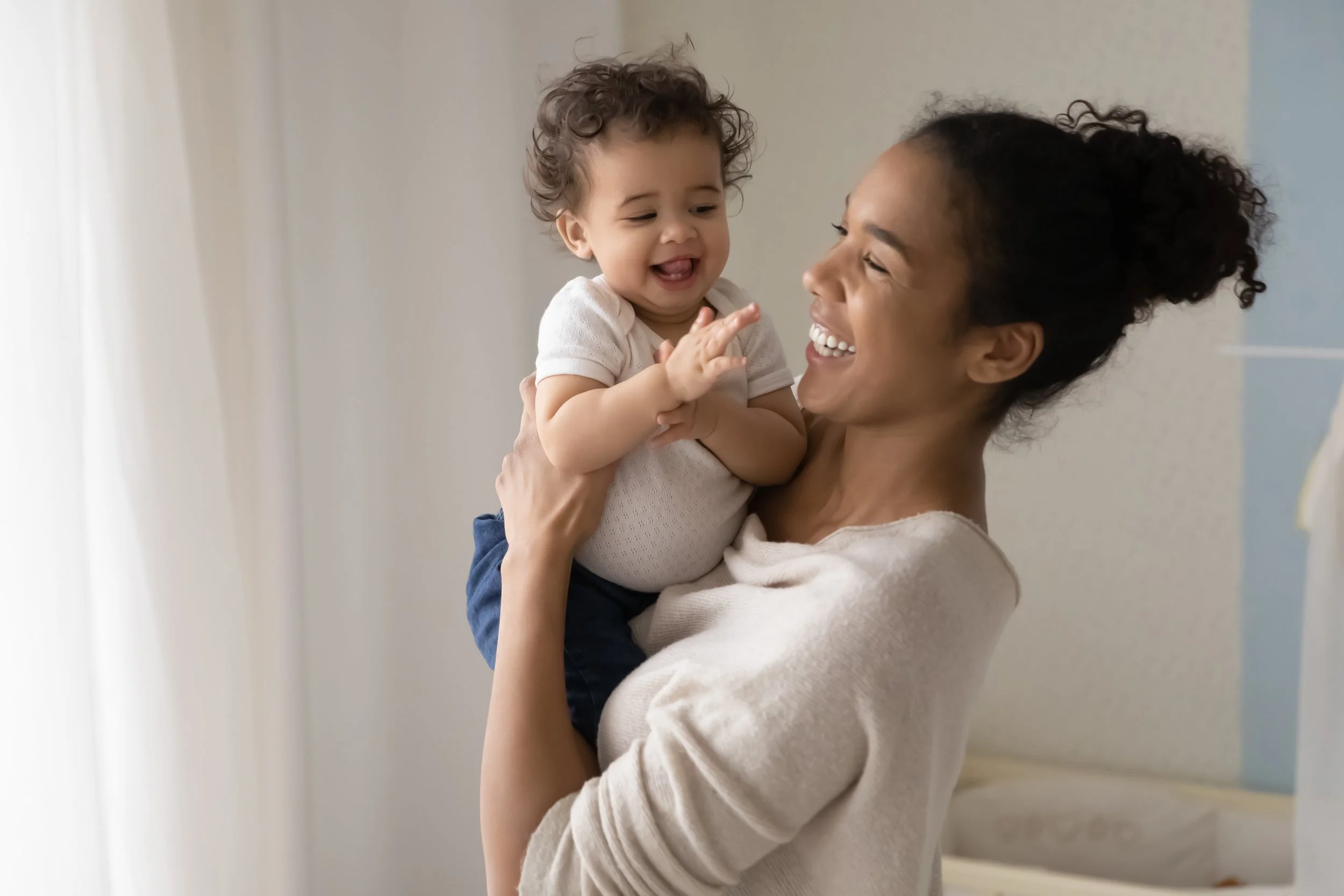
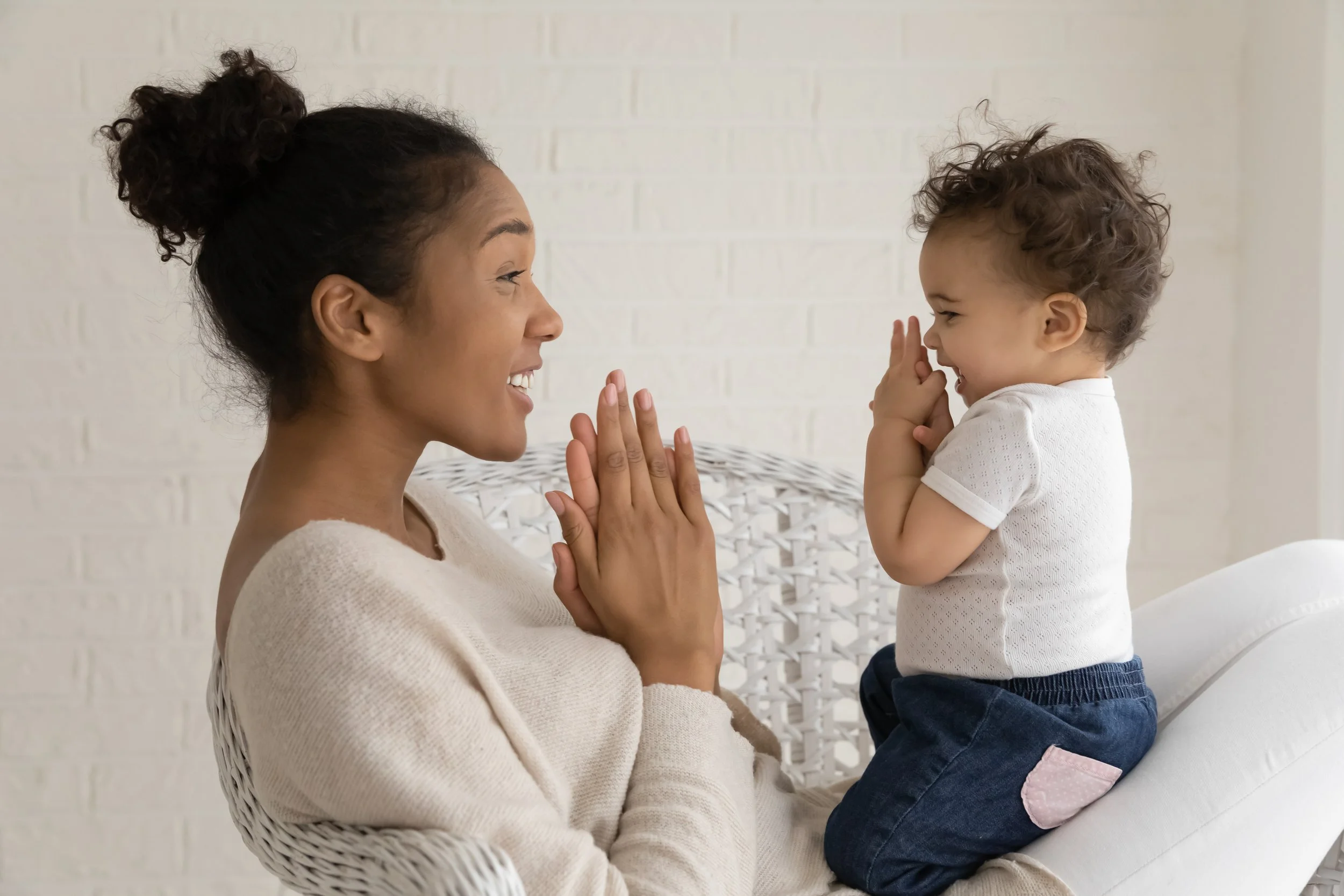
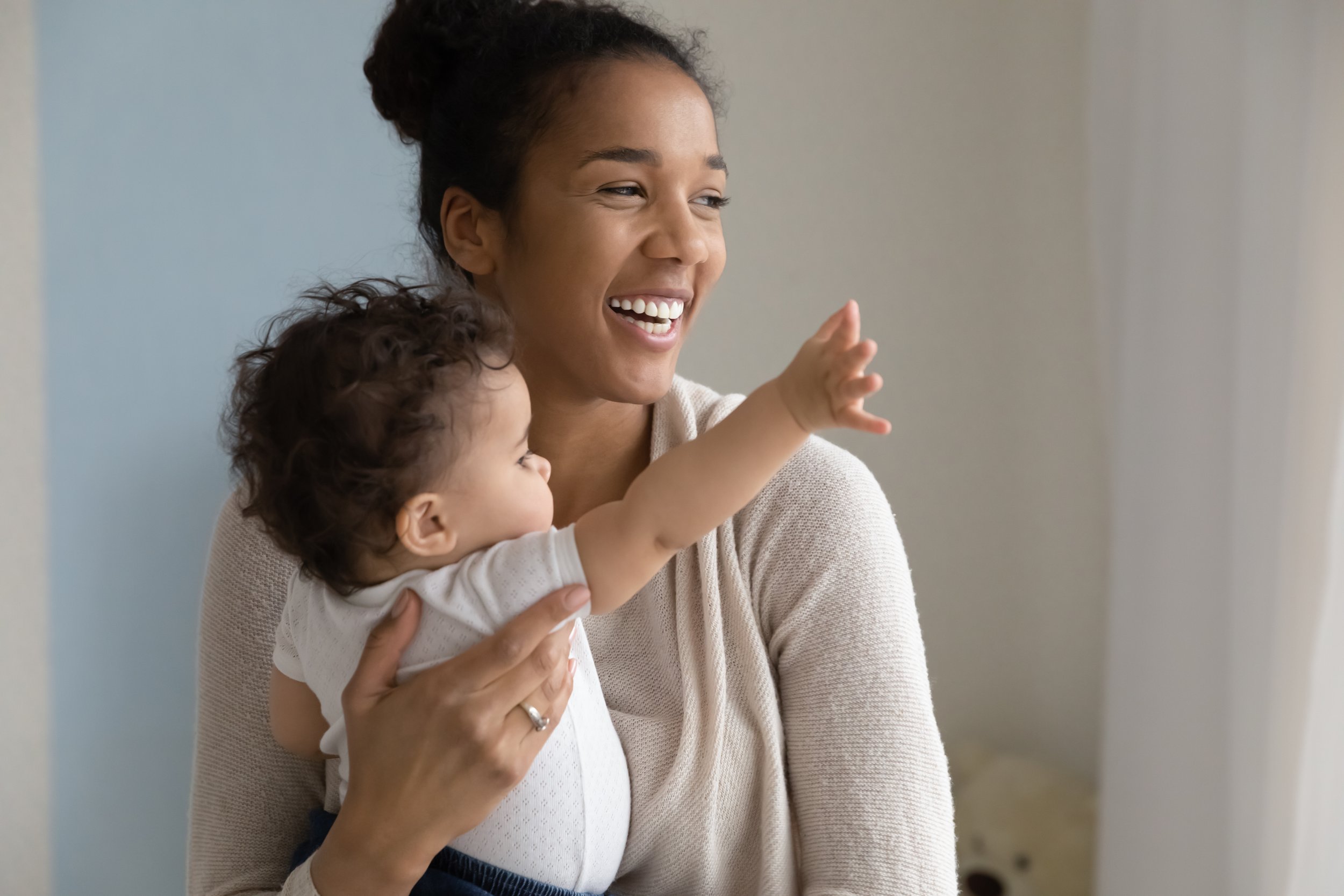

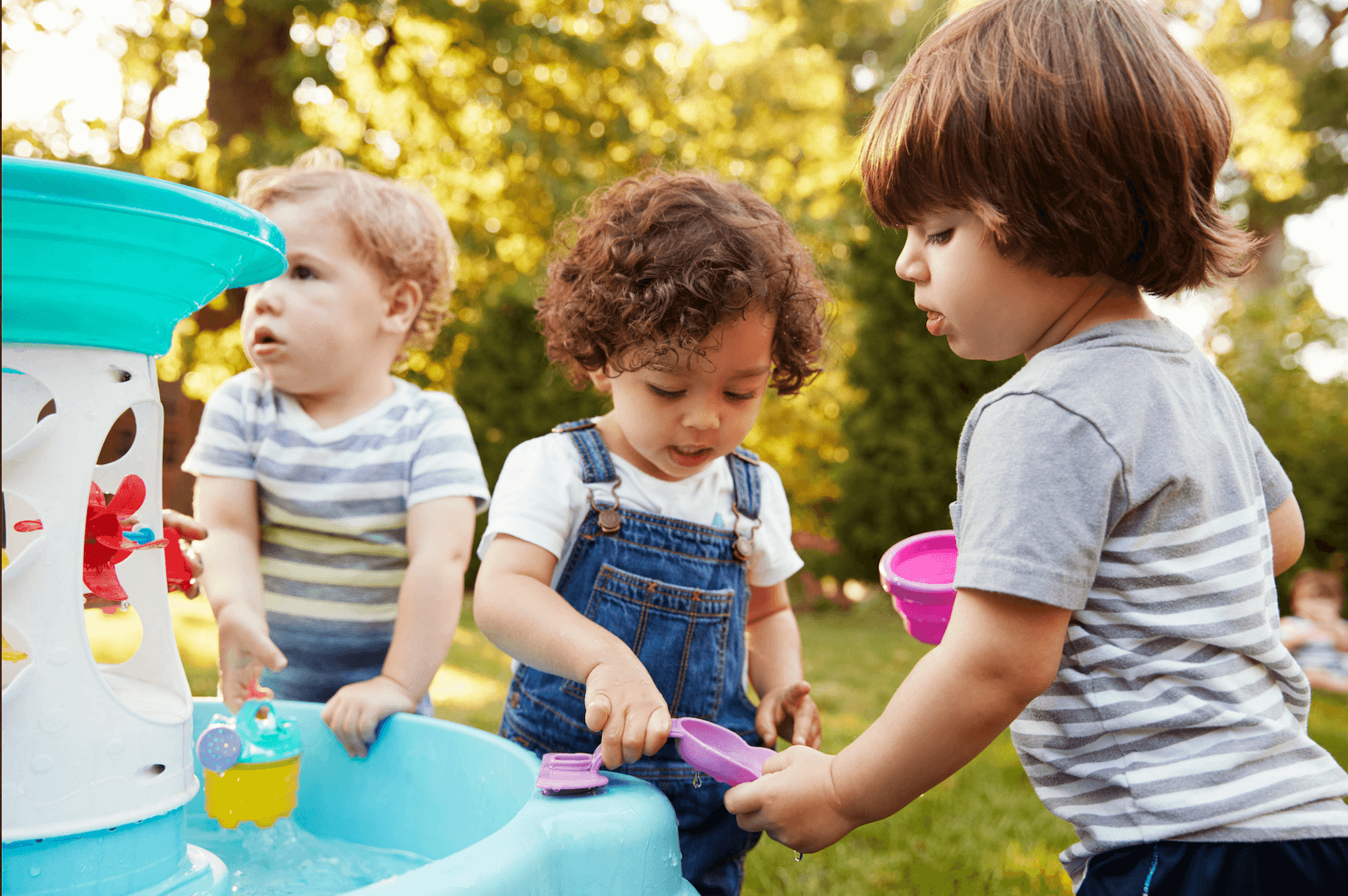
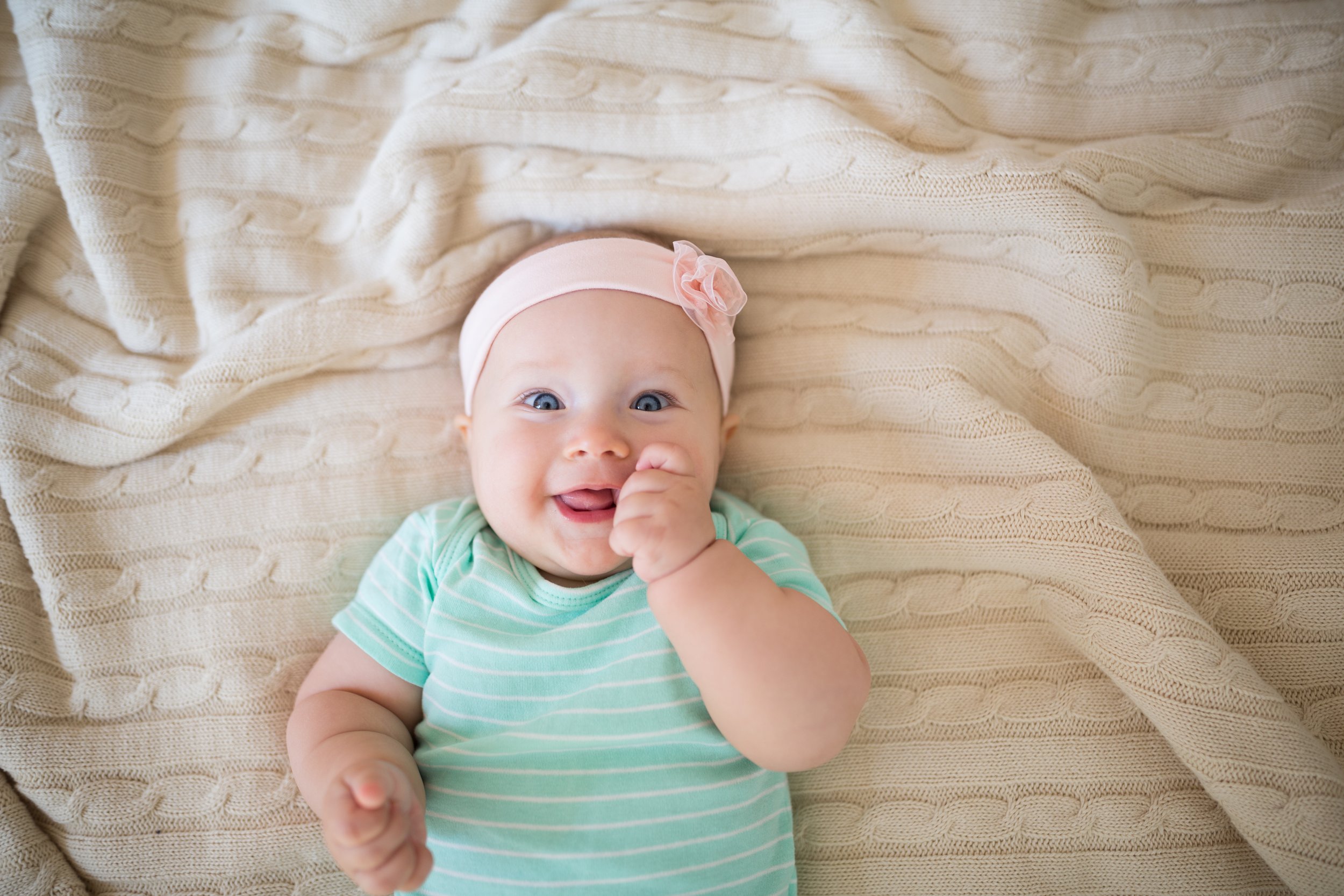
Explore language tips for potty training tailored to your child's communication stage. From toddlers who are just beginning to talk to children speaking in sentences, learn how to use gestures, sign language, storytelling, and consistency to support your potty training journey.